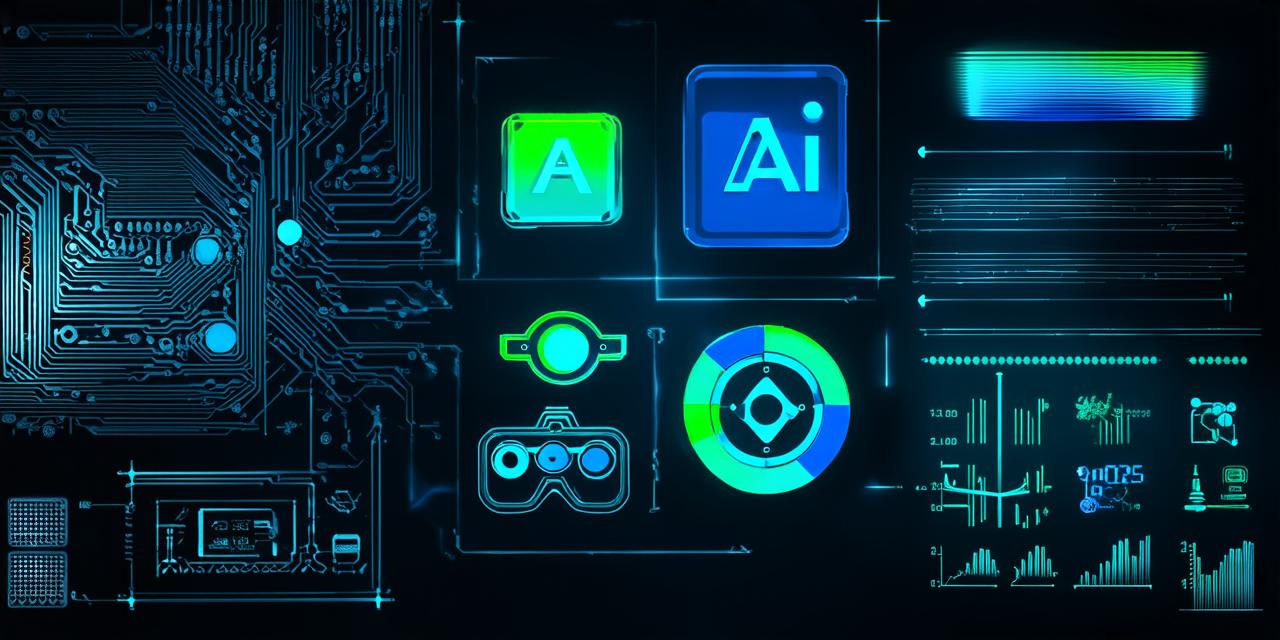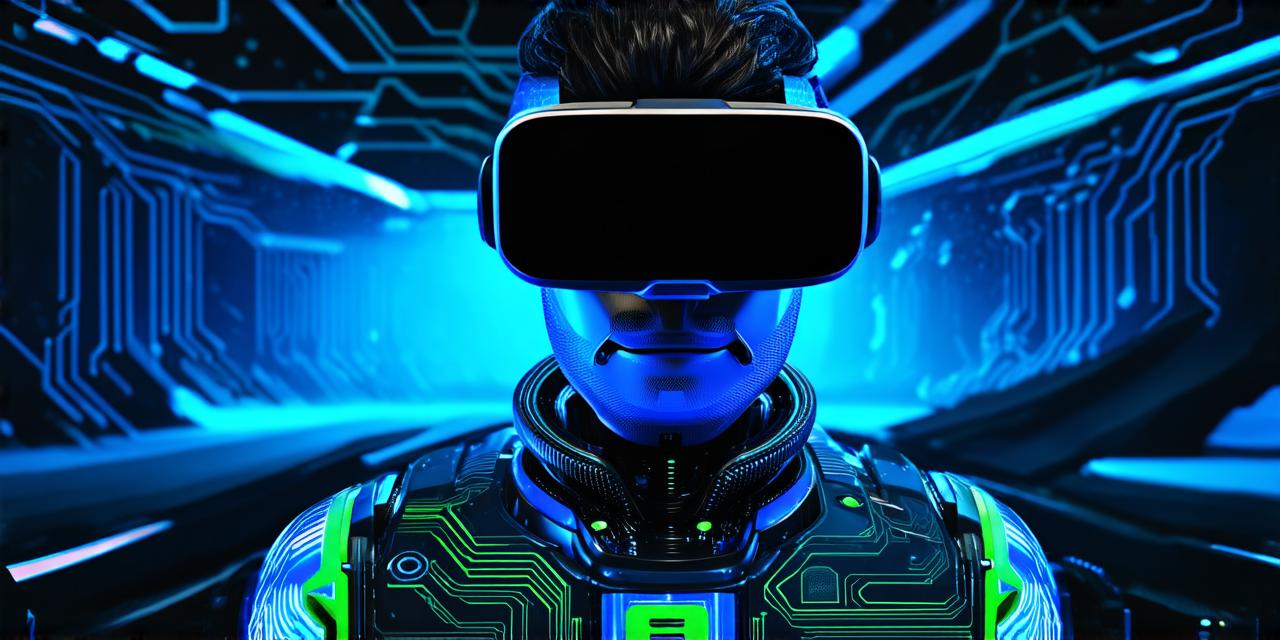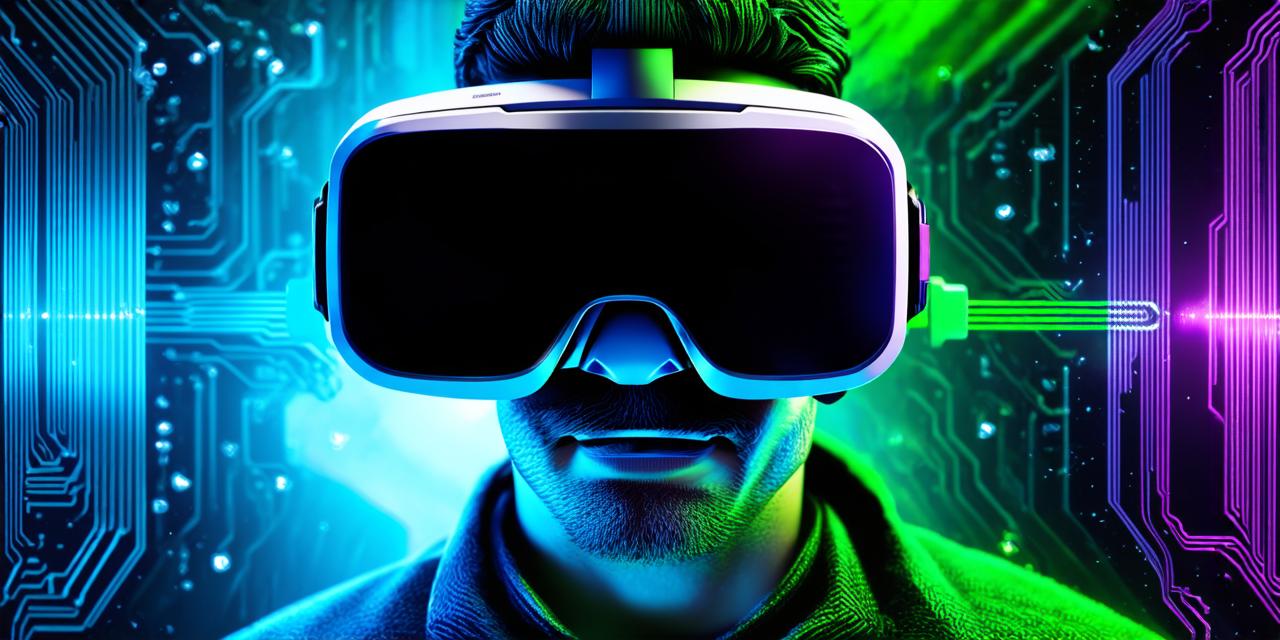
What is the difference between AI and AR?
Artificial intelligence (AI) and augmented reality (AR) are two emerging technologies that have garnered a lot of attention in recent years. While both involve using technology to enhance human capabilities, there are significant differences between the two.
Table of Contents
ToggleWhat is AI?
Artificial intelligence refers to the ability of machines to perform tasks that typically require human intelligence. These tasks can include things like understanding natural language, recognizing images, and making decisions based on data. AI systems use algorithms and machine learning techniques to process information and make predictions.
There are several types of AI, including narrow or weak AI, general or strong AI, and superintelligent AI. Narrow AI is designed for a specific task, while general AI has the ability to perform a wide range of tasks. Superintelligent AI is capable of surpassing human intelligence in all areas.
What is AR?
Augmented reality refers to the use of technology to enhance the real world. AR involves overlaying digital information onto the physical world, creating an interactive and immersive experience for the user. This can include things like virtual try-on features in e-commerce, gaming experiences, and educational tools.

AR technologies can be divided into two categories: marker-based AR and markerless AR. Marker-based AR requires a specific marker, such as a QR code or image, to trigger the augmented reality experience. Markerless AR, on the other hand, does not require a marker and can track the user’s movements and surroundings to create an appropriate response.
Differences between AI and AR
While both AI and AR involve using technology to enhance human capabilities, there are several key differences between the two.
-
Purpose: AI is designed to perform specific tasks or automate processes, while AR is intended to enhance the user’s experience of the physical world.
-
Scope: AI systems can be narrowly focused on a single task or broadly capable of performing many tasks, while AR technologies are typically limited in their ability to interact with the physical world.
-
Interactivity: AI systems can provide automated responses to inputs, while AR technologies require human interaction to trigger the augmented reality experience.
-
Persistence: AI systems can be used continuously, while AR experiences are typically brief and intermittent.
Summary
AI and AR are two exciting technologies that have the potential to revolutionize many aspects of our lives. While there are differences between the two, both AI and AR involve using technology to enhance human capabilities in unique ways. As these technologies continue to evolve, we can expect to see even more innovative applications in the future.

